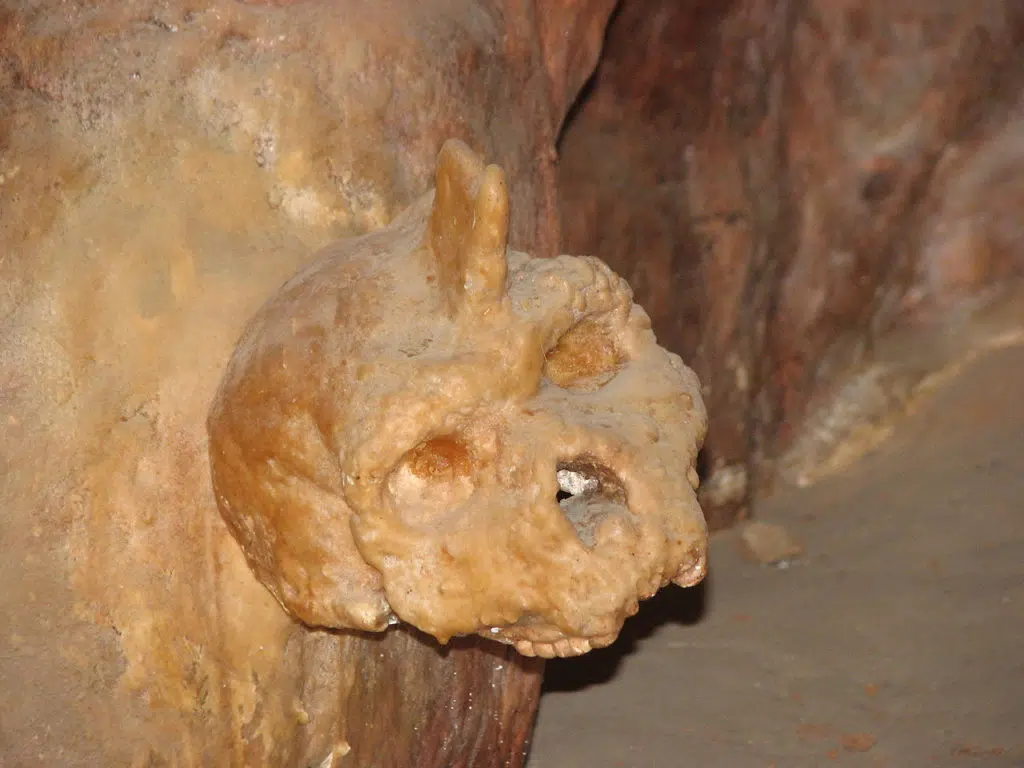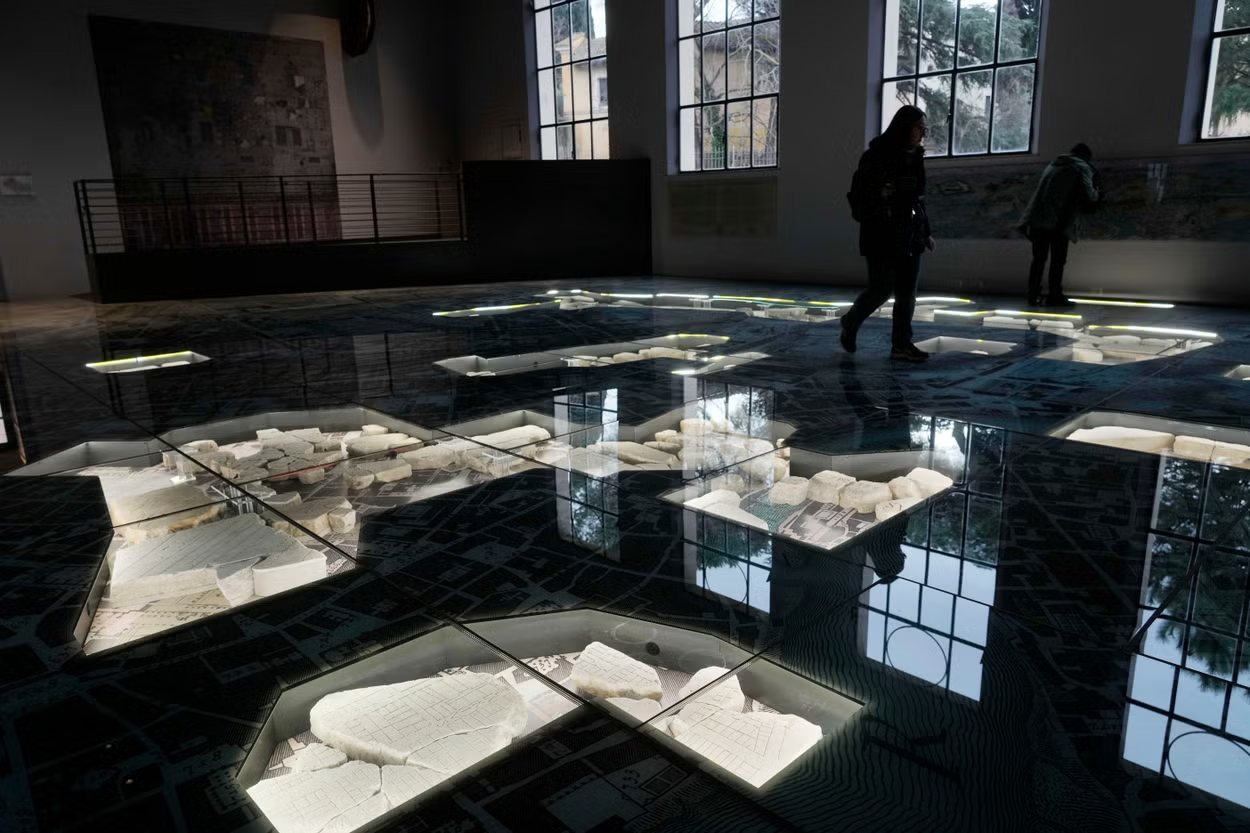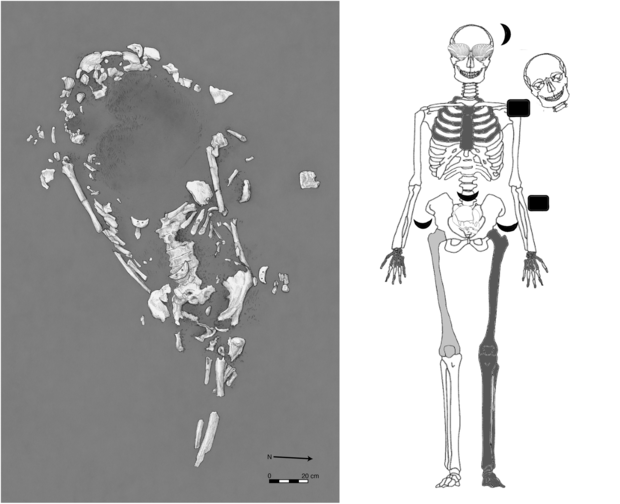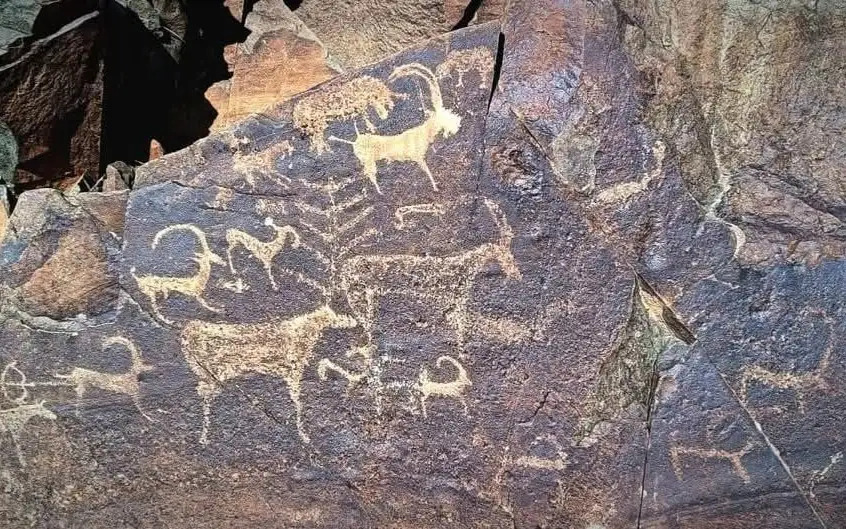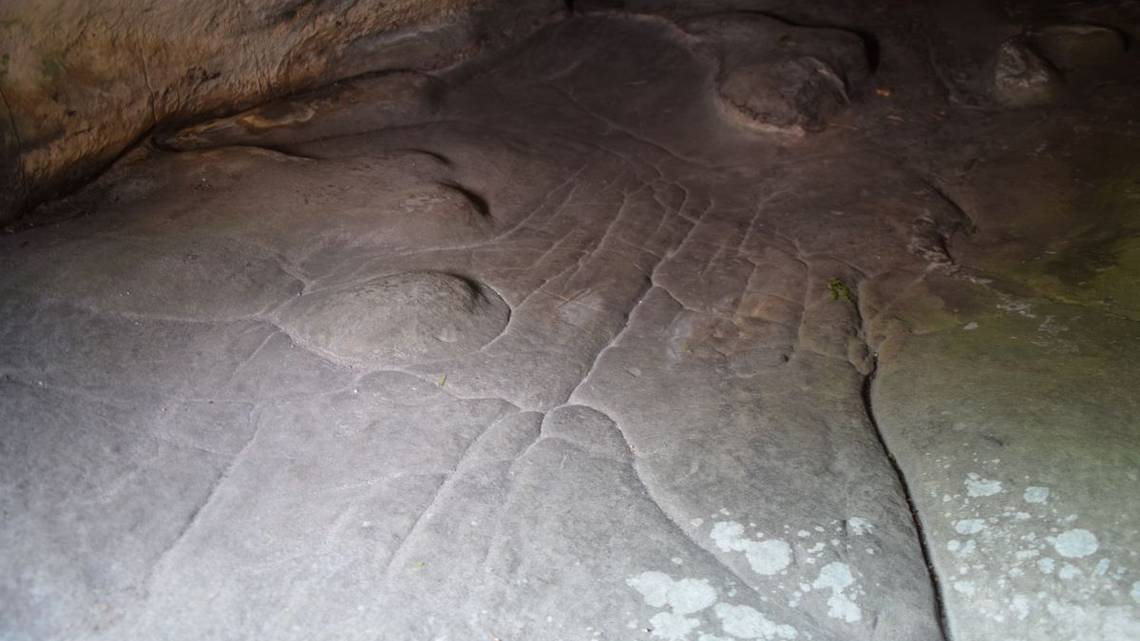Archaeologists have uncovered a remarkable painted tomb at the Monterozzi Etruscan Necropolis, located east of Tarquinia in Lazio, Italy. Though initially discovered in late 2022, the find was only recently announced by the Superintendence of Viterbo, revealing a burial chamber adorned with well-preserved wall frescoes.
A Hidden Treasure Revealed
The tomb, now officially recorded as Tomb 6438, was discovered during an inspection of previously looted and disturbed burial sites. A collapsed wall unexpectedly led researchers to an intact chamber, prompting immediate efforts to secure and protect the site from further damage.
To prevent additional looting, the excavation was kept confidential until experts could fully assess and safeguard the structure. Inside, archaeologists uncovered striking frescoes illustrating scenes of dance and ancient craftsmanship, which have been dated to the mid-5th century BC.
Intricate Frescoes Depicting Etruscan Life
The frescoes offer a fascinating glimpse into Etruscan culture. The left wall showcases men and women dancing around a musician playing the flute, while the right wall features a metallurgical workshop, possibly symbolizing the forge of Sethlans—the Etruscan equivalent of the Greek god Hephaestus.
The back wall depicts a woman, possibly the tomb’s occupant, accompanied by two youthful figures. Unfortunately, part of this scene has been lost due to looters breaching the chamber by drilling through the tomb’s seal. This intrusion caused a collapse from an overlying tomb, scattering debris and artifacts into the burial space.
Archaeological Findings and Restoration Efforts
Although few burial artifacts remain intact, archaeologists recovered fragments of Attic red-figure pottery from the debris.
Superintendent Margherita Eichberg emphasized the tomb's artistic significance, noting that early restoration efforts have already revealed the intricate details of the flute player and one of the dancers. Restorers Adele Cecchini and Mariangela Santella are currently working to preserve these delicate artworks.
Daniele Maras, a leading expert on Etruscan history, highlighted the tomb's importance, stating, "This is the first painted tomb featuring a figurative frieze discovered in Tarquinia in decades. It holds great promise due to its artistic quality, historical value, and unique imagery."
A Rare Glimpse Into Etruscan Heritage
Image Credit : Superintendence of Viterbo
This extraordinary discovery sheds new light on Etruscan burial traditions and artistic achievements. The detailed frescoes offer a rare and invaluable look into a civilization that once thrived in ancient Italy, further enriching our understanding of their customs, mythology, and daily life.
As restoration continues, researchers hope to unveil even more insights from this extraordinary tomb, preserving its legacy for future generations.



